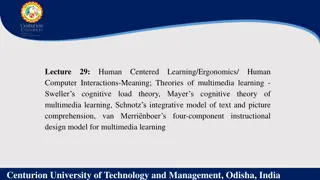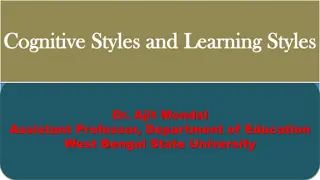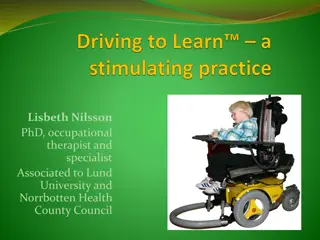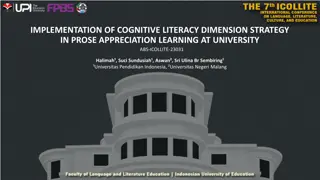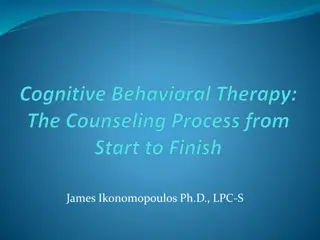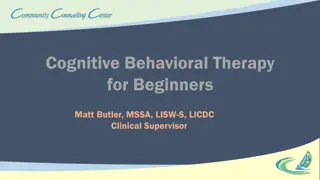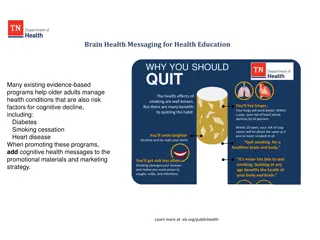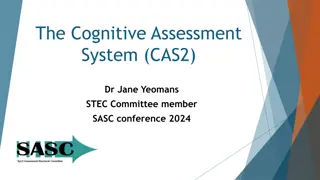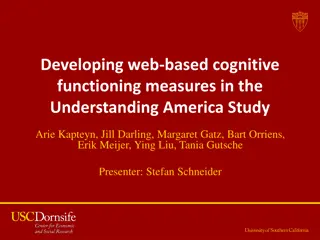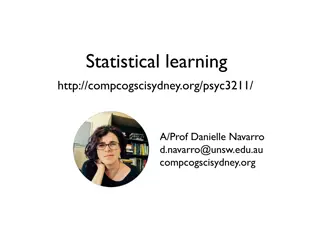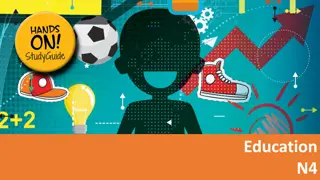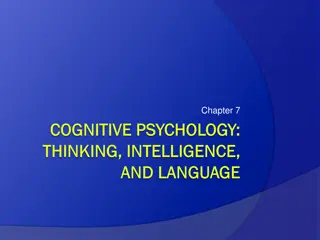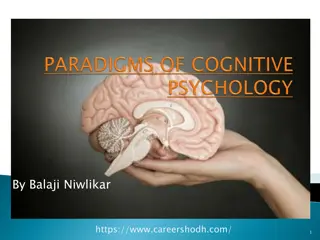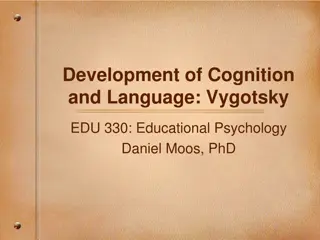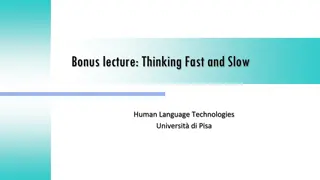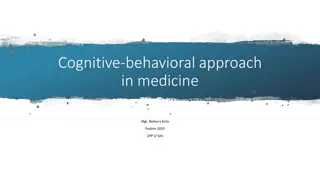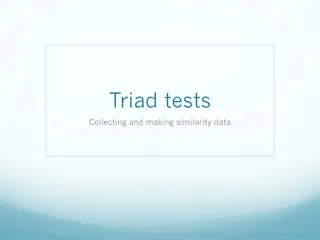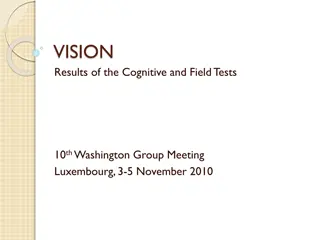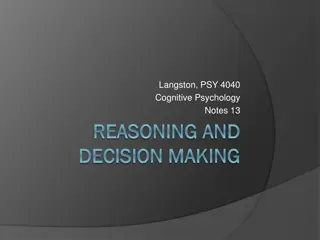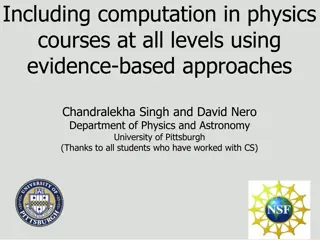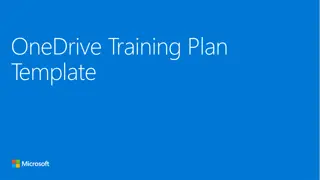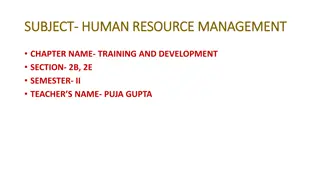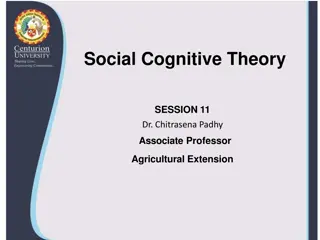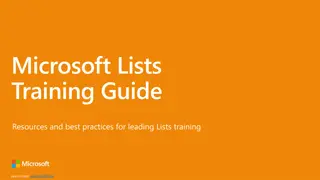Methods for Cognitive Training and Learning Techniques
Understanding cognitive methods and techniques for learning and training, including lectures, computer-based training (CBT), and open-ended discussions. Cognitive approaches focus on building connections between concepts, breaking down information, and enhancing understanding and problem-solving skills.
Download Presentation

Please find below an Image/Link to download the presentation.
The content on the website is provided AS IS for your information and personal use only. It may not be sold, licensed, or shared on other websites without obtaining consent from the author. Download presentation by click this link. If you encounter any issues during the download, it is possible that the publisher has removed the file from their server.
E N D
Presentation Transcript
a cognitive method: discussion CEKMEKOY PUBLIC TRAINING CENTER
Cognition refers to mental activity including thinking, remembering, learning, problem solving, understanding and using language When we apply a cognitive approach to learning and teaching, we focus on the understanding of information, concepts, conversation, films, essays Cognition If we can understand the connections between concepts, break down information and rebuild with logical connections
Various methods are used to develop cognitive competencies. These are: Methods of Cognition Building lecture discussion computer-based training
It is one of the oldest methods of training. This method is used to create understanding of a topic or to influence behavior, attitudes through lecture. Lectures Lectures Lecture is given to enhance the knowledge of listener or to give her/him the theoretical aspect of a topic.
CBT involves the use of a personal or networked computer for the delivery and access of training programs. CBT can be synchronous and asynchronous, as well as online, web-based, mobile, and distance learning. Synchronous refers to a learning event in which a group of participants is engaged in learning at the same time Asynchronous : The instructor, the learner, and other participants are not engaged in the learning process at the same time. There is no real-time interaction with other people. CBT (computer- based training)
This method is being used to provide the learners with context that is supported, elaborated, explained, or expanded. Discussion methods are a variety of forums for open-ended, collaborative exchange of ideas among the trainees and, between the trainer and the trainees Discussion Participants present multiple points of view, respond to the ideas of others, and reflect on their own ideas in an effort to build their knowledge, understanding, or interpretation of the matter at hand.
Discussion We use this method frequently both among the trainers and among the trainers and trainees within the scope of the project. The following steps are followed in using the discussion as a method: The trainer gives a text about the topic to be discussed to the trainees. In the lesson, the subject is discussed with guiding questions asked by the trainer. The trainees read the text and do research on the subject.
Vicious and dangerous sports should be banned by law or not
key words / for and against Rewards bloodthirsty Enjoyment Romans bull-fighting entertainment car-racing torture and violence barbaric sports Law hypocrisy
references https://poorvucenter.yale.edu/resources/teaching- techniques-and-methods/discussion-methods https://www.yourarticlelibrary.com/difference/different- between-cognitive-methods-and-behavioral-methods-of- employees-training/29555 https://trainingindustry.com/glossary/computer-based-training- cbt/ https://www.easy-lms.com/knowledge-center/lms-knowledge- center/synchronous-vs-asynchronous- learning/item10387#:~:text=Synchronous%20%3D%20happens% 20at%20the%20same,learn%20at%20their%20own%20pace.







